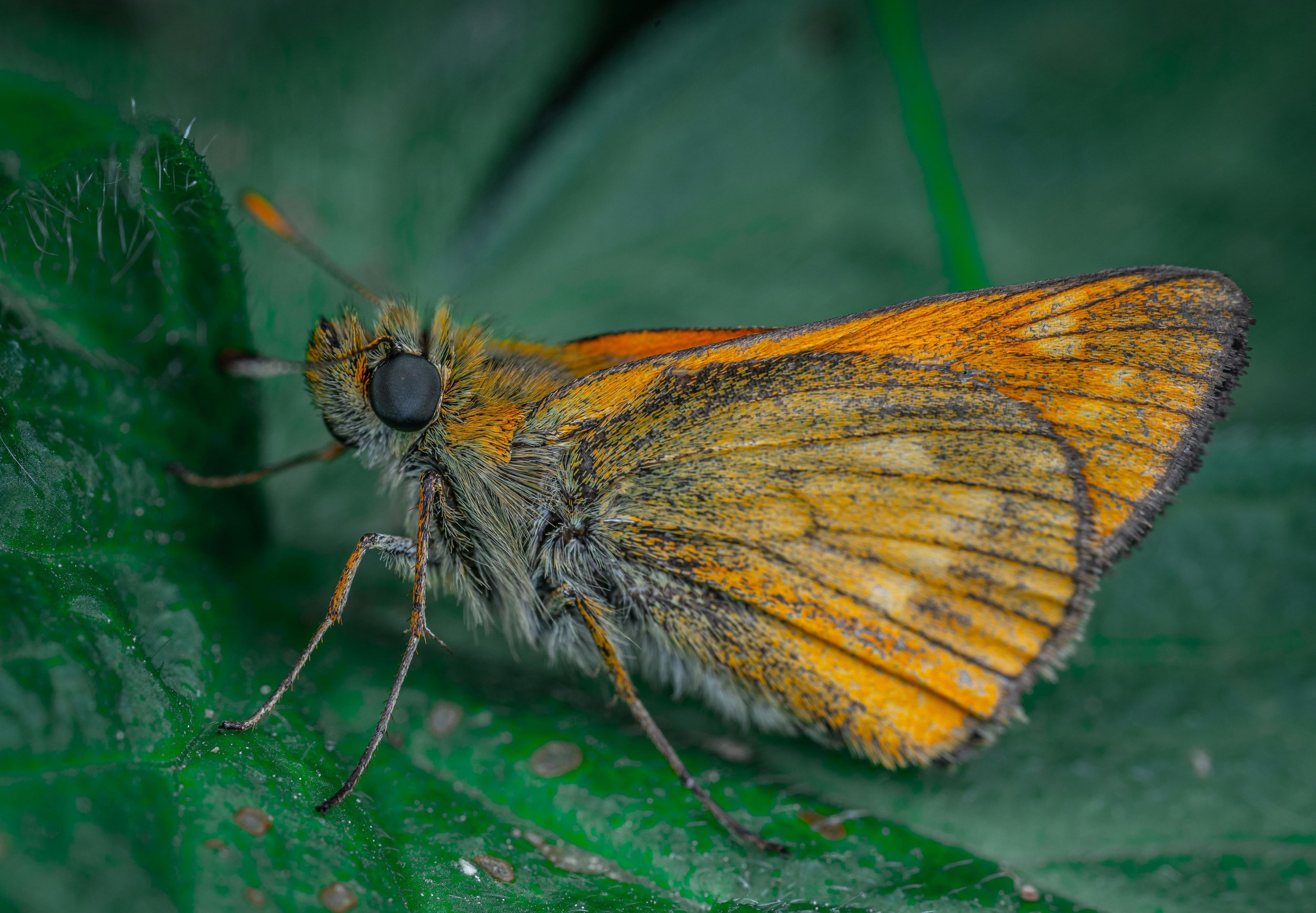
Reliable moth control and removal solutions
The Silent Night Flyers or Nature’s Fabric Thieves
Imagine your home being invaded by uninvited guests, flitting through the shadows, nibbling away at your belongings. Moths might seem harmless at first glance but they can quickly turn your safe abode into a mess. This is why moth infestations are important to deal with on time, to prevent any damage to your home or peace of mind.
What are moths?
Moths are tiny flying insects that belong to the same order as butterflies. They come in various shapes, colors and sizes. Their subtle coloration often aids them in camouflaging themselves. Moths have usually broader and more textured wings then butterflies. They possess unique, feathery antennae that help them detect pheromones released by potential mates. Many species can be easily distinguished by their resting posture where they tend to hold their wings flat against their bodies or in a tent like fashion.
Generally, moths are nocturnal and adaptable creatures, found in a variety of habitats, including forests, fields, and urban areas. They are particularly drawn to areas that provide shelter and food sources, which often lead them into our homes. In colder climates, many moths seek refuge indoors during the winter months. This makes them a common nuisance as they try to escape the cold. Their feeding habits can be particularly destructive. While adult moths primarily feed on nectar, their larvae referred to as caterpillars. They are notorious for munching through clothing, fabrics, and pantry items.
Types of moth species found in Canada and signs of infestation
Clothes moth also known as Tineola bisselliella, notorious for its larvae which thrive on natural fibers like wool and silk.
The pantry moth known as Plodia interpunctella , infiltrates your kitchen, laying eggs in food items such as grains and dried fruit, making them a common nuisance for homeowners.
The Indian meal moth known as Plodia interpunctella.
Some common signs of moth infestation that shouldn’t be ignored include small irregular holes in clothing or fabrics. Webbing or cocoons in corners of closets or a fine powdery residue known as frass or moth droppings. These droppings are usually found in pantry areas, around food items. Additionally, you might notice adult moths fluttering around lights at night. This is a definitive sign that you have a problem lurking in the shadows.
How ECO Pest Control gets rid of Moths Safely and Effectively
At ECO pest control, we understand that a moth infestation can be both frustrating and damaging. That’s why our approach to moth removal and control is rooted in effective, eco-friendly practices. We prioritize the safety of your home and the environment, utilizing methods that are not only efficient but also non-toxic. Our process begins with a thorough inspection of your property to identify the type of moths present and assess the extent of the infestation. Understanding the life cycle of moths allows us to target both adults and larvae effectively. Once we have pinpointed the source, we employ a combination of integrated sustainable pest management techniques.
What sets ECO Pest Control apart is our commitment to using environmentally responsible products. We believe in eradicating pests without compromising the safety of your family or pets. Our trained technicians are well-versed in the latest methods for moth control, ensuring that we can eliminate these fabric thieves swiftly and effectively. Don't let moths ruin your sanctuary; let us help you keep it safe and sound. Contact us today and get your peaceful sleep back in no time.
Frequently asked questions
-
Store clothing and other textiles in vacuum sealed bags. Use moth repellent pouches in your closet to keep them away. Regularly clean and vacuum areas where you store clothes, especially in dark or hidden corners.
-
To get rid start by washing or dry cleaning all affected clothing and textiles. Vacuum the infested areas, including carpets, closets, and furniture, to remove eggs and larvae. Consider using moth traps or applying insecticidal sprays to infested areas.
-
Look for damaged fabrics, particularly holes or areas of thinning material. You may also find larvae, tiny white or off-white eggs.



